ARKit app allows us to create an ARReferenceObject, and using it, we can reliably recognize the position and orientation of the real-world objects. But also we can save the finished .arobject file.
However, ARReferenceObject contains only the spatial features information needed for ARKit to recognize the real-world object, and is not a displayable 3D reconstruction of that object.
func createReferenceObject(transform: simd_float4x4,
center: simd_float3,
extent: simd_float3,
completionHandler: (ARReferenceObject?, Error?) -> Void)
My question:
Is there a method that allows us to reconstruct digital 3D geometry (low-poly or high-poly) from the .arobject file using Poisson Surface Reconstruction or Photogrammetry?
